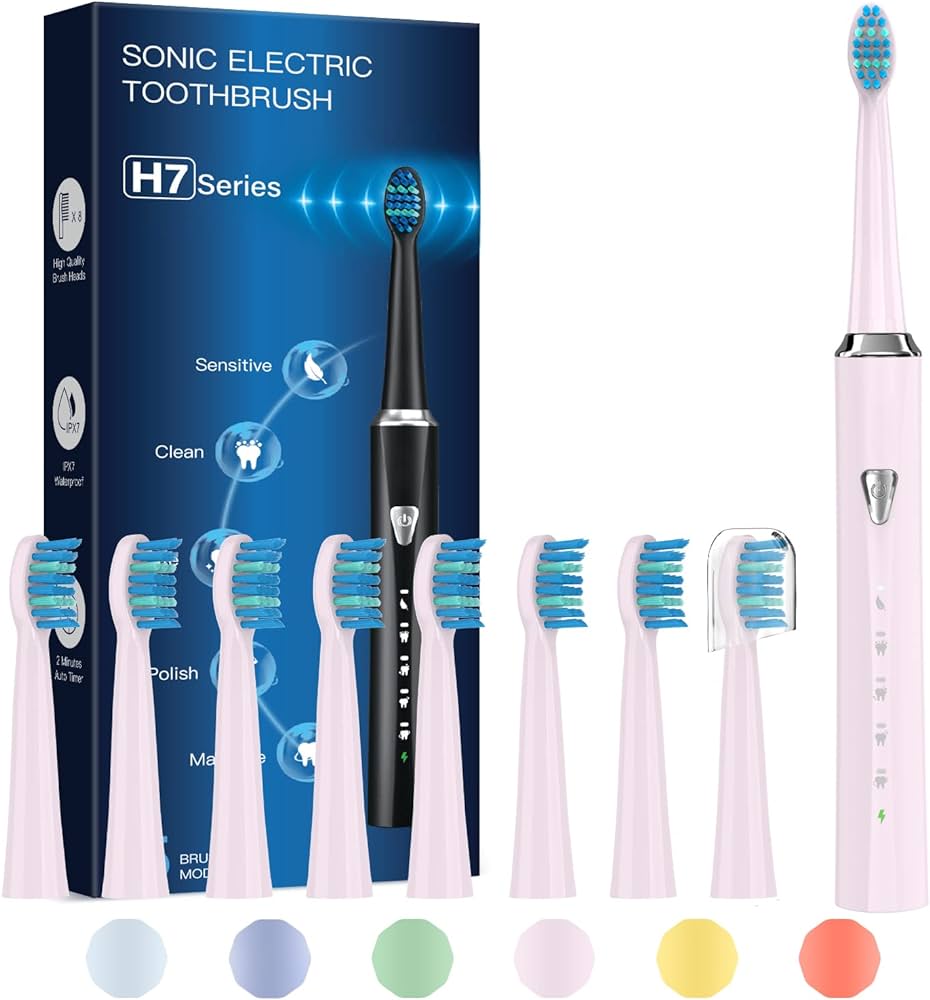
When should I replace my Oral-B electric toothbrush?
Introduction:
Replacing your electric toothbrush at the appropriate time is essential for maintaining optimal oral hygiene. Oral-B, a well-known brand in the electric toothbrush market, provides guidelines for when to replace their toothbrushes. In this guide, we will explore the factors to consider when determining the right time to replace your Oral-B electric toothbrush. From general recommendations to specific indicators of wear and tear, understanding these factors will help you make an informed decision and ensure effective plaque removal and oral care.
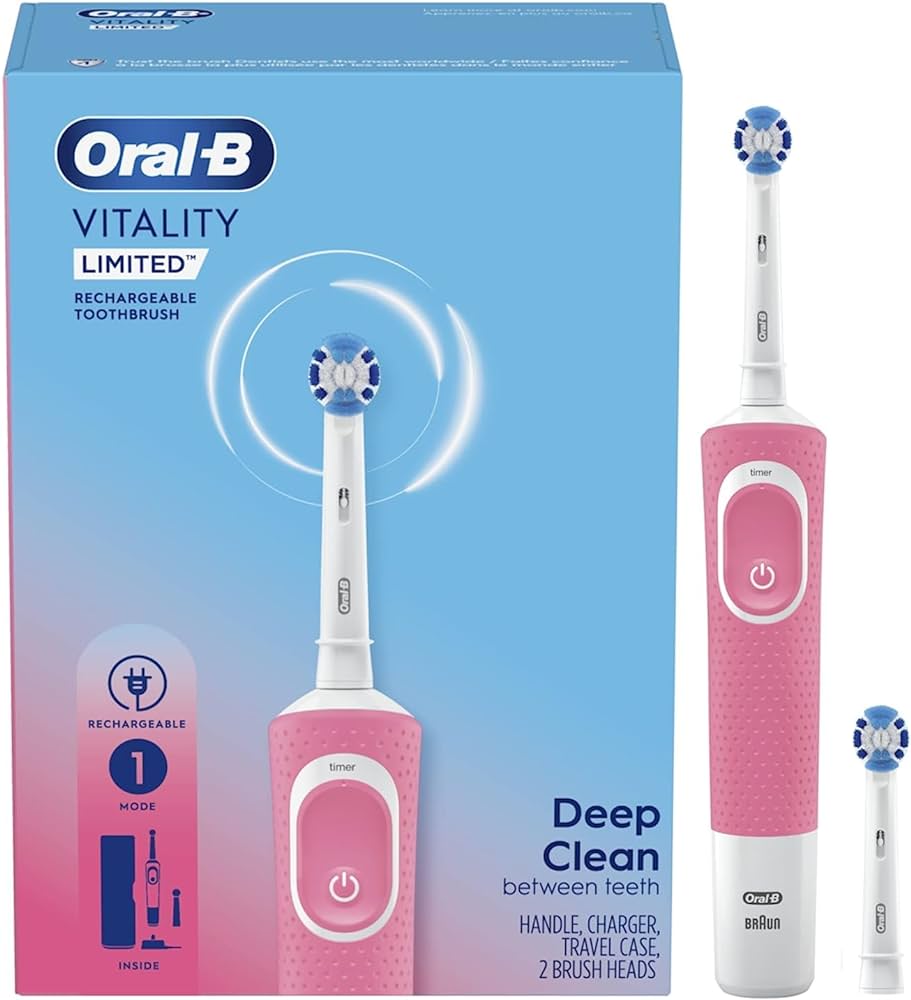
When should I replace my Oral-B electric toothbrush?
General Recommendations:
Oral-B recommends replacing your electric toothbrush head every three months. This guideline aligns with the American Dental Association’s recommendation to replace manual toothbrushes every three to four months. Regular replacement ensures that the bristles remain in optimal condition for effective plaque removal. However, there are additional factors to consider that may indicate the need for earlier replacement.
Indicator Bristles:
Oral-B toothbrush heads are equipped with indicator bristles, which fade over time to signal when it’s time to replace the brush head. These bristles are designed to help you assess the condition of your toothbrush and determine if it’s still effective.
a) Fading bristles: As you use your Oral-B electric toothbrush, the blue indicator bristles gradually fade in color. When the bristles have faded halfway or more, it is an indication that it’s time to replace the brush head. Faded bristles suggest that the toothbrush head is losing its effectiveness and may not provide optimal plaque removal.
b) Usefulness as a visual reminder: The fading bristles of an Oral-B toothbrush can serve as a visual reminder to replace the brush head, especially if you tend to forget when you last replaced it. This can help ensure that you maintain a consistent replacement schedule for optimal oral hygiene.
Wear and Tear:
In addition to following the general recommendations and monitoring the indicator bristles, it’s important to assess the physical condition of your Oral-B electric toothbrush head for signs of wear and tear. Factors such as frayed bristles, bent or splayed bristles, and damaged brush head components can affect the performance and effectiveness of your toothbrush.
a) Frayed bristles: Over time, the bristles on your Oral-B toothbrush head may become frayed or worn out. Frayed bristles are less effective in removing plaque and can even cause gum irritation. If you notice significant fraying or distortion of the bristles, it’s time to replace the brush head.
b) Damaged brush head components: Inspect the brush head for any damage to the attachment mechanism, such as cracks or broken parts. Damaged components can affect the overall performance and stability of your electric toothbrush, making replacement necessary.
Individual Oral Health Factors:
Individual oral health factors can also influence the frequency of toothbrush head replacement. If you have specific oral health conditions or undergo dental treatments, you may need to replace your Oral-B electric toothbrush head more frequently.
a) Gum disease or gingivitis: Individuals with gum disease or gingivitis may benefit from more frequent toothbrush head replacement due to the need for thorough plaque removal and maintaining optimal gum health. Consult with your dentist to determine the appropriate replacement interval based on your specific oral health needs.
b) Orthodontic appliances: If you have braces, retainers, or other orthodontic appliances, plaque buildup can be more challenging to remove. The increased difficulty in cleaning may necessitate more frequent toothbrush head replacement to ensure effective plaque removal and oral hygiene.
c) Post-dental procedures: Following certain dental procedures, such as oral surgeries or treatments, you may need to replace your toothbrush head to minimize the risk of introducing bacteria or compromising healing. Consult with your dentist for guidance on when to replace your toothbrush head after dental procedures.
Extra Toothbrush Head Considerations:
Sometimes, it’s beneficial to keep extra toothbrush heads on hand to ensure a seamless transition when replacement is needed. This can be particularly useful for individuals who travel frequently or have difficulty accessing replacement toothbrush heads.
a) Stocking up on replacement heads: Consider purchasing additional Oral-B toothbrush heads in advance so that you have a readily available supply. This way, you can replace your toothbrush head promptly when needed, ensuring consistent plaque removal and oral hygiene.
b) Travel considerations: If you travel often, having spare toothbrush heads allows you to maintain your oral hygiene routine without having to worry about locating replacement heads in different locations.
Conclusion:
Replacing your Oral-B electric toothbrush head at the appropriate time is crucial for maintaining optimal oral hygiene. While general recommendations suggest replacing the toothbrush head every three months, factors such as fading bristles, wear and tear, and individual oral health conditions should also be considered. The fading indicator bristles serve as a visual reminder to replace the brush head, while wear and tear, such as frayed or splayed bristles, indicate reduced effectiveness. Individual oral health factors, such as gum disease or orthodontic appliances, may require more frequent toothbrush head replacement. Consider keeping extra toothbrush heads on hand to ensure a seamless transition and consistent oral care. By following these guidelines and consulting with your dentist as needed, you can ensure effective plaque removal, maintain optimal oral hygiene, and keep your Oral-B electric toothbrush in excellent condition.




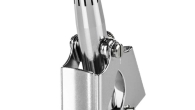
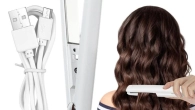
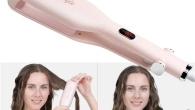
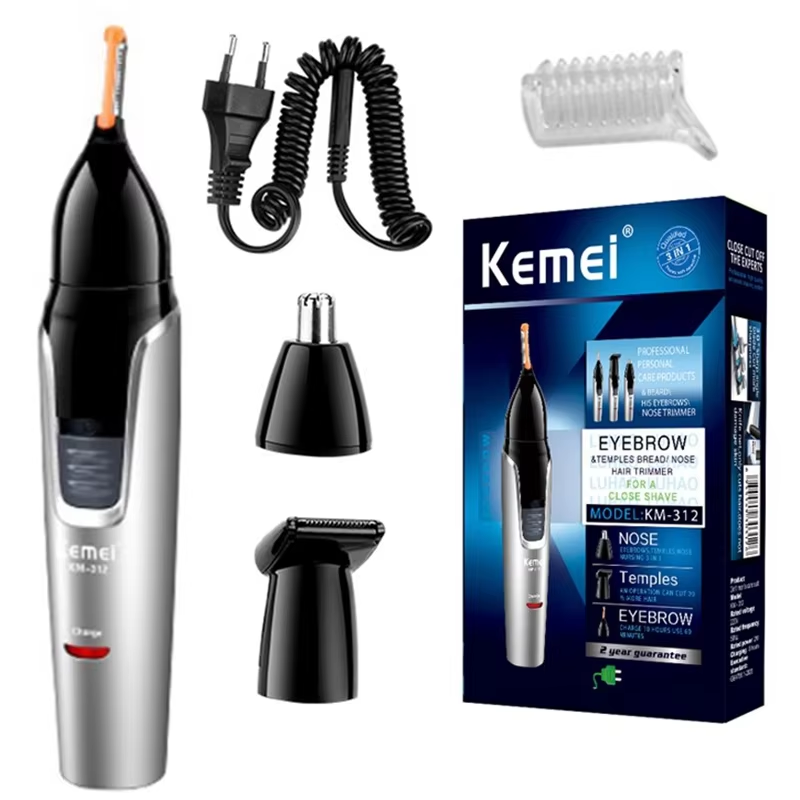
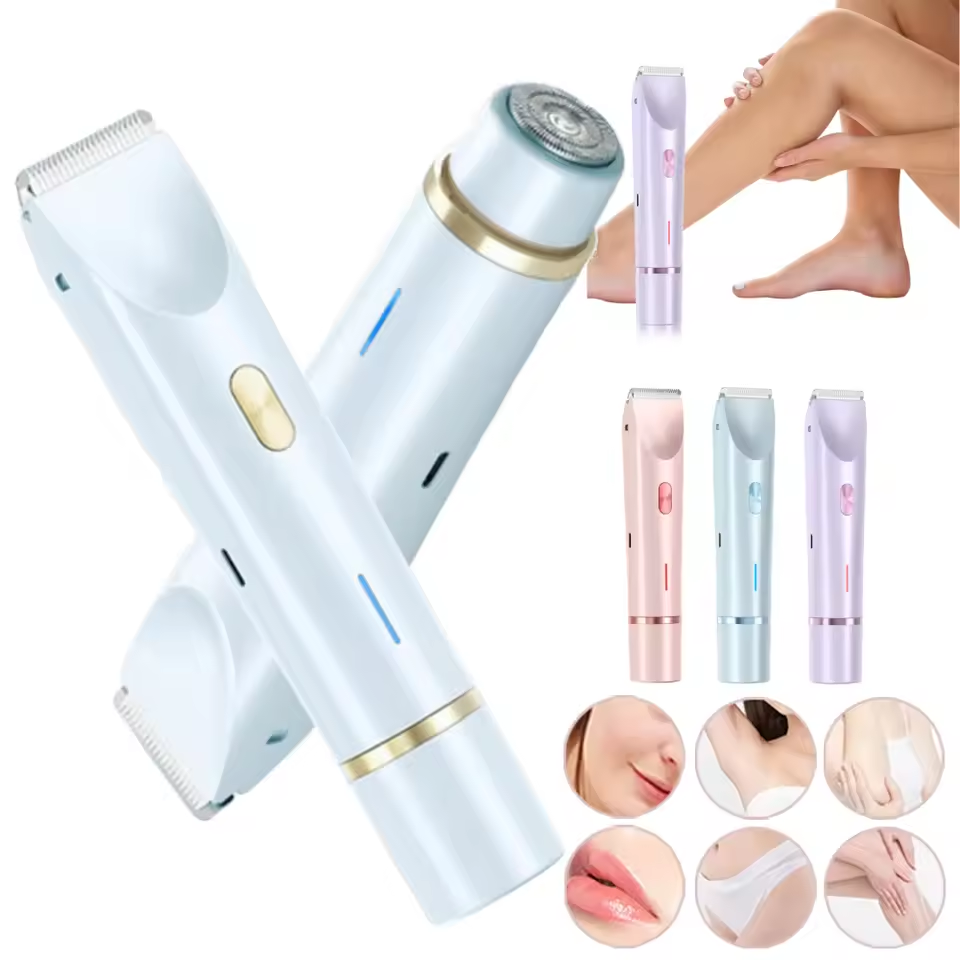
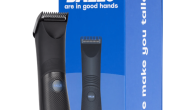
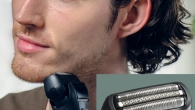
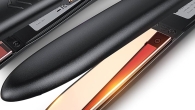
Leave a Reply
You must be logged in to post a comment.